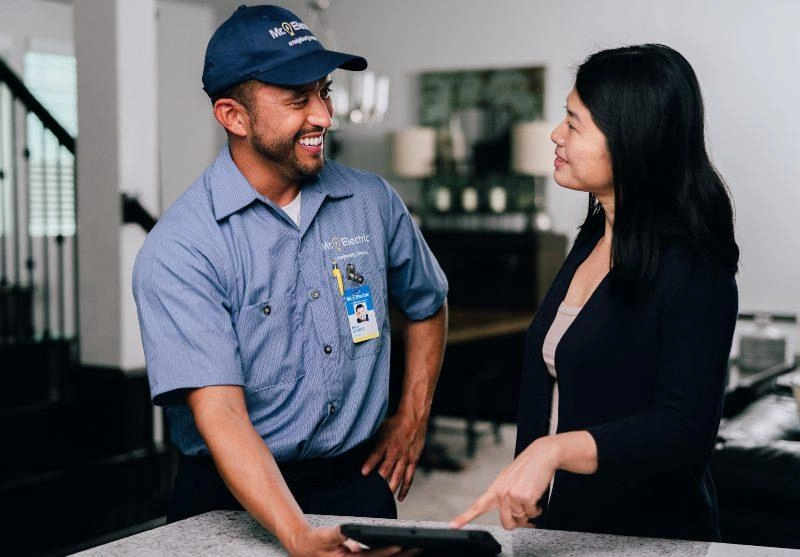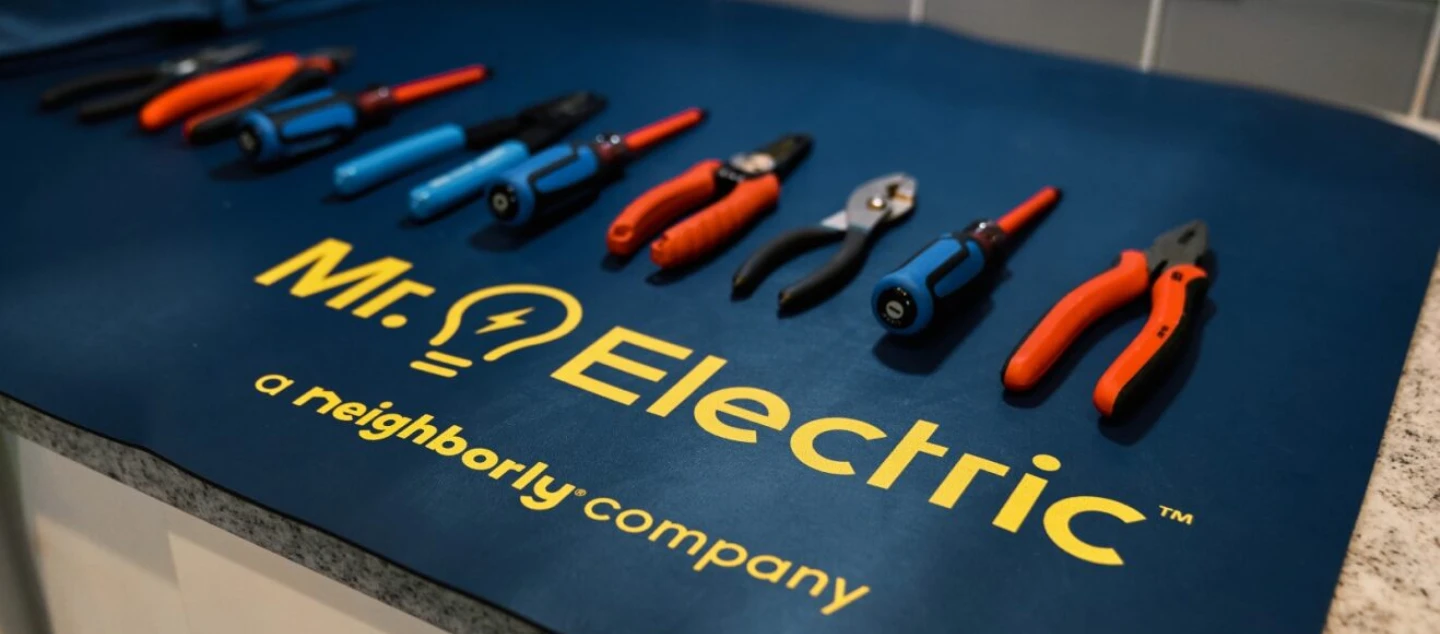According to the Journal of the American Medical Association, 2,100 people die annually in the United States from unintentional carbon monoxide (CO) poisoning. Carbon monoxide poisoning has actually become the number one poisoning death cause in this country. Carbon monoxide is odorless, tasteless, and colorless, so it’s an undetectable killer if you don’t install a carbon monoxide detector. However, carbon monoxide poisoning in your home is completely preventable if you place a carbon monoxide detector in the right spots. Furthermore, the law stipulates homeowners must install smoke detectors in their homes. You can quickly and effectively protect your family against domestic disasters with CO detectors. Mr. Electric of Citrus & Marion County will gladly complete a carbon monoxide and smoke detector installation in Crystal River, Inverness, Homosassa, Beverly Hills, and Le Canto, FL.
Avoid Poisoning With Carbon Monoxide Detectors

What Are the Sources of Carbon Monoxide?
Carbon monoxide may come from a wide array of household appliances, such as gas clothes dryers, gas or charcoal grills, water heaters, furnaces, gas ranges or stoves, and wood or gas fireplaces. You have sources in your home capable of producing carbon monoxide, like fuel-burning space heaters, car exhaust, and gas or charcoal grills. Using these features and appliances when they have venting malfunctions or in poorly ventilated areas can lead to carbon monoxide building up quickly. If you have a closed woodstove flue or clogged chimney, carbon monoxide can back up into your home. Mr. Electric of Citrus & Marion County makes your safety our top priority and outlines the following methods to prevent carbon monoxide poisoning in your home:
- Install CO detectors in your home (Minimum of one detector per level and outside each bedroom).
- Change your CO detector batteries every six to 12 months.
- Never run a vehicle, generator, or device with a fuel-fed motor inside your garage or home.
- Always turn off your vehicle when parked in your garage.
- Look for the American Gas Association or Underwriters’ Laboratories (UL) seal of approval when purchasing gas appliances or equipment.
- Have a licensed appliance professional inspect your gas appliances annually.
- Never use flameless chemical heaters in enclosed spaces or indoors.
- If you have a malfunctioning gas appliance, have a service expert repair it.
- Always open your flue when burning a fire in your furnace or fireplace.
- Do not heat your home with a gas oven.
- Always operate grills in a well-ventilated outdoor area.
- When camping, use battery-operated heaters.
- Adjust all gas appliances properly, using an exhaust fan when appropriate.
- Understand which sound is your smoke detector and which is your CO detector.
- Contact your local fire department if you can’t afford a CO detector. Programs are in place to help low-income households and the elderly acquire these devices.
Where Do I Install Carbon Monoxide Detectors?
-
Dedicated Kitchen Circuit Installation and Service
If tripping circuit breakers is a frequent occurrence in your home, your appliances may not be connected to dedicated circuits. The National Electrical Code requires dedicated circuits for major electrical appliances such as refrigerators because they ensure that appliances can operate safely.
-
Exterior Building Circuit Installation and Service
Exterior buildings provide valuable space for a range of needs. Equipping those outbuildings with electricity makes them more accessible day and night and expands their functionality. Your local Mr. Electric® provides electrical services for detached buildings in your area.
-
Hot Tub Circuit Installation and Service
A safe and effective hot tub installation requires a dedicated circuit. That circuit supplies power exclusively to the hot tub, and it should be installed by a licensed electrician.
-
Outdoor Kitchen Circuit Installation and Service
Few home upgrades are as functional and appealing as an outdoor kitchen. If you enjoy cooking and want to spend more time outdoors, this renovation will be worth it. Allow your local Mr. Electric® advise about your outdoor kitchen electrical requirements and perform expert electrical services.
-
Pool Circuit Installation and Service
Keeping your pool healthy and clear requires a pool pump, which in turn requires its own dedicated circuit. Your local Mr. Electric® offers full-service pool circuit installation, from obtaining the appropriate permits to connecting the pump to your home’s electrical panel.
-
Subpanel Installation and Service
The main electrical panel in your home is the conduit through which all of your home’s electricity is distributed throughout the house. Every home has one. Some homes also have a subpanel (or multiple subpanels) installed to distribute electricity to a specific, often distant, area of the property.
-
Tankless Water Heater Electrical Circuit Service
Make sure your household has a steady, reliable supply of hot water by having a tankless water heater installed. Your local Mr. Electric can upgrade your existing wiring for your new tankless water heater. For electric tankless water heaters, we also offer full installation service!

